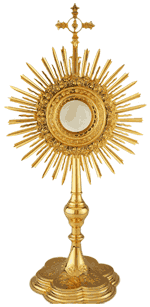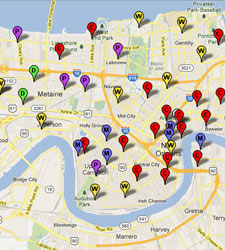
In the summer of 64 A.D., a fire started on one end of the Circus Maximus in Rome, and it quickly spread throughout the Eternal City. By the time it was extinguished, it had burned for a week and destroyed 80% of Rome. While it was burning, the Emperor Nero remained at his summer home in Anzio, deservedly earning the taunting phrase “Nero fiddled while Rome burned.” When Nero returned to Rome, the populace greeted him with anger and derision. In order to avoid a political disaster, Nero decided to blame the fire on a small but growing religious group of then-pagan Rome: the Christians.
Over the next three years, until his death in 67 A.D., Nero arrested as many Christians as he could find, and put them on trial for arson. Unable to convict them of arson (they had nothing to do with the fire), he convicted them of treason when he discovered they refused to sacrifice to the pagan gods of Rome, instead worshipping Jesus Christ as God. The penalty for treason was death, and for these Christians, it was a public execution. They were brought to Nero’s Circus, across the Tiber River from Rome, and killed in terrible ways. The most notable person killed in these persecutions was a man originally known as Simon Bar-jonah, who Jesus renamed Peter. In October of 64 A.D., St. Peter was killed in the Circus for the enjoyment of the crowds and buried in a small graveyard on the Vatican Hill.
In 325 A.D. the first Basilica was built over St. Peter’s tomb, but excavations undertaken in the 1940’s located the Apostle’s grave, as well as his mortal remains, directly underneath the altar in St. Peter’s Basilica.
Since the late 1970’s these excavations (the “Scavi”) been open to very small groups lead by expert guides. For nine years, Msgr. Nalty was one of those guides. During that time, Msgr. Nalty was also given special permission to photograph parts of the excavations.
On Wednesday, January 27, 2010 at 7:00pm (during RCIA) in the Rectory, Msgr. Nalty will give a special slide show explaining the search for the Bones of St. Peter.




